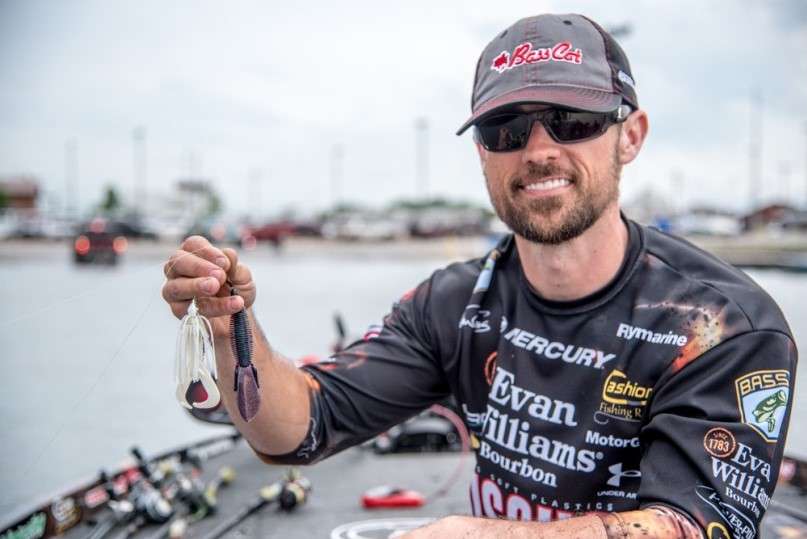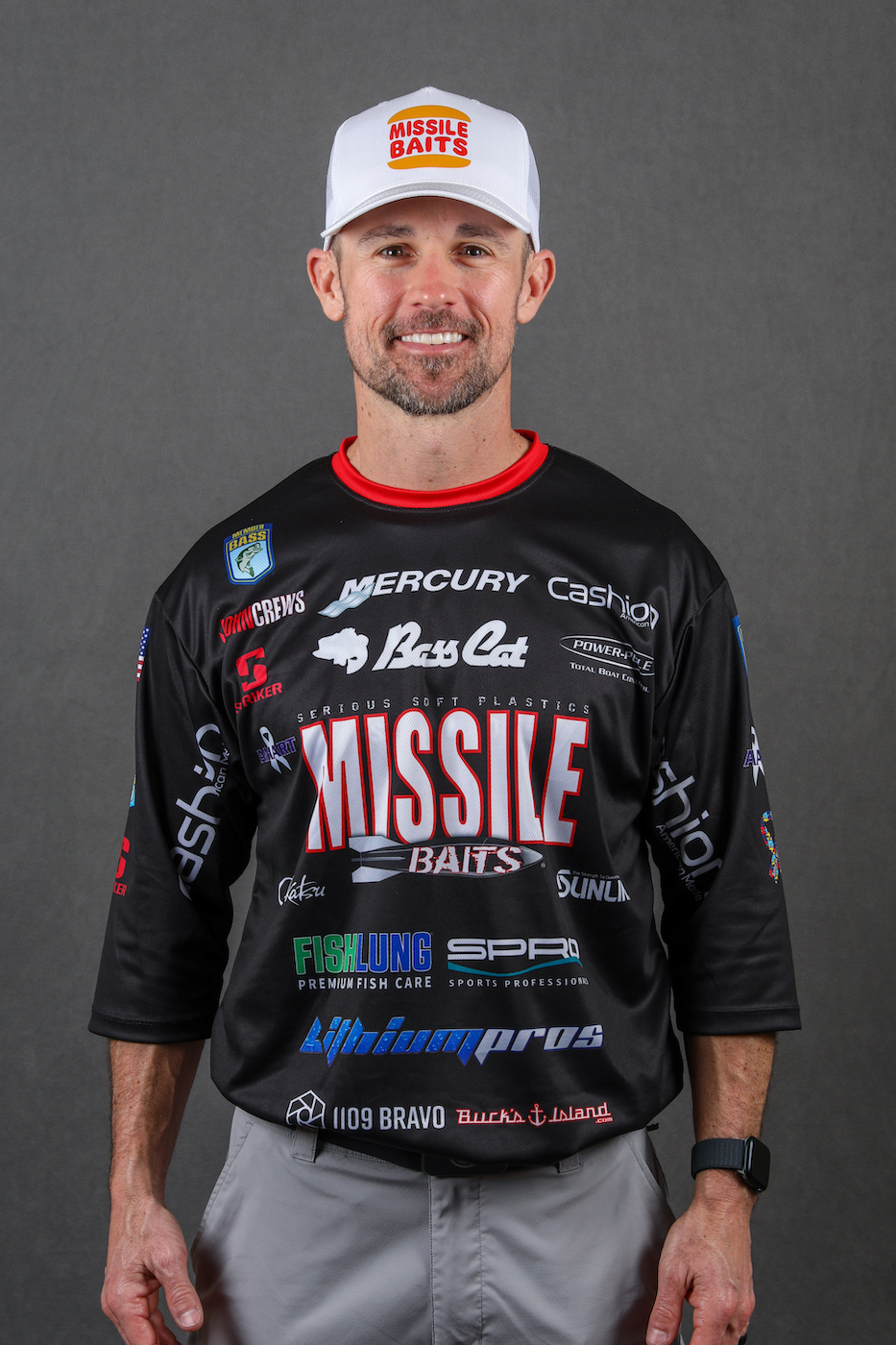
Last time we said we’d talk about function in this column. Let’s get started…
Function is really nothing more than a way of saying that a lure does what it’s supposed to do — catch fish. We can break function into three parts. The first is that any good plastic bait has to have the right action. Without it nothing else much matters. It’s a hard thing to define because it’s as much art as it is science. But we do know that some lures have it, and some don’t.
One bait that has the right action is a Zoom Trick Worm. It is a tried and true bait that is and has been a real fish catcher for many years on many traditional techniques like the shaky head, Carolina rig, drop shot and wacky rig. Zoom nailed it with that one.
The Yamamoto Senko is different, but is in the same department. There’s something about the way it moves on the fall that makes it one of a kind. It is one of the most imitated baits on the market but the Senko is just the Senko.
Here at Missile Baits we don’t make competing lures for either of those baits. The reason is that if we made a super great trick worm or plastic stickbait it’d be just like the Zoom Trick Worm and the Yamamoto Senko. There’s no point in reinventing the wheel unless you can make it better. As of this writing we haven’t been able to do that so I buy them like everyone else.
The next thing that’s necessary to make a plastic bait functional is that we must be able to rig it so that it’ll work its way through cover without getting hung, but at the same time we must be able to get a secure hookset when a bass grabs it.
As the owner and one of the designers of baits here at Missile Baits I can tell you that’s not as easy as it sounds. If the bait’s too hard you can drive a hook in it so that it’s perfectly weedless but you won’t be able to drive the hook through it and into the fish’s mouth. It’s just the opposite if it’s too soft. The hook point will work through or fall out and it’ll hang on practically every cast.
And, in many cases we have to design the body so that there’s a place on it for the hook. You’ll see that with a lot of creature baits. Maybe there’s a narrow place along the body for the hook that’ll make the hookset more efficient or a slit that’ll do the same thing. Those design features are not there just to make a bait look realistic. They’re there to make it functional. On some baits, it just makes them hang up more.
The third part of function is that a bait must be versatile. An angler has to be able to rig it in different ways. Let’s go back to Trick Worms and Senkos. They can each be rigged at least six or eight different way depending upon what look and presentation you want to create. That kind of function makes a lure that stays in your tackle box year round.
The same thing is true with my creature baits. Some of them can be rigged from the head. That’ll give them a traditional look. But a lot of anglers will rig them backwards. They can also be fished weightless, weedless like a worm, on a Carolina rig or they can be used as a jig trailer.
Think about these things before you purchase your next bag of plastics. Go beyond color and realism. Pick a bait that’s functional. You’ll catch more bass.

